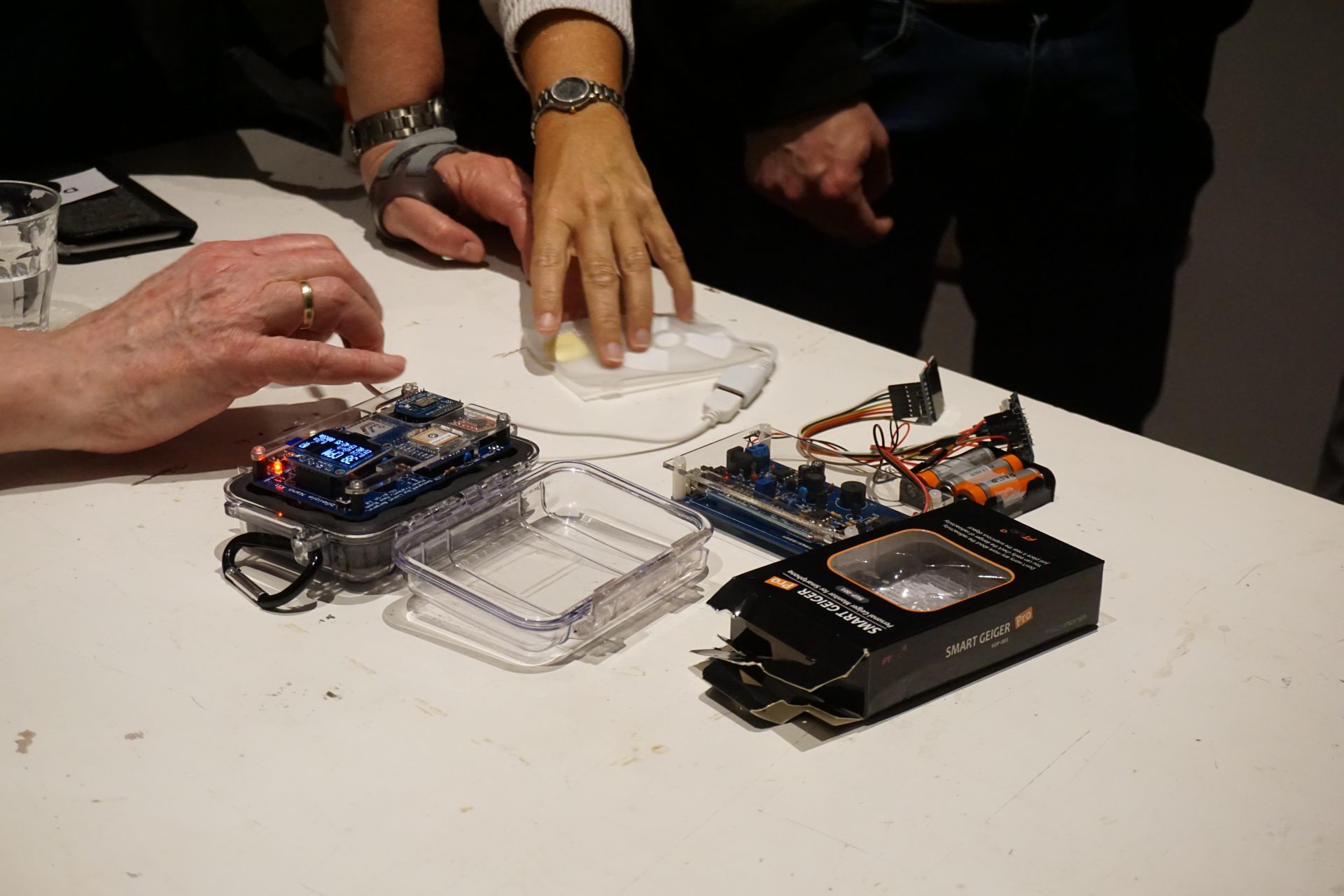Citizen Sensing
Citizen Sensing is a new way for citizens to use technological sensing tools to make sense of their environments and address critical environmental issues. Radioactive radiation is a naturally occurring phenomenon that permeates our environment. But in residential areas close to nuclear power plants, it is valuable for citizens to stay informed about potentially increased radiation levels. By enabling citizens to measure radioactive radiation and by visualising the results on a map, citizens can have direct insight in radiation levels.
Citizen Sensing tries to fill the gaps in official measurements of radiation with civil measurements of the surroundings. With cheap and accessible open-source sensors, radiation can be mapped throughout The Netherlands. In this way, citizen sensing can raise local issues and provide data to bring about change. Data can for example be used to start a new conversation based on a better understanding of the situation. Solutions can also be better tailored to the actual local situation.

